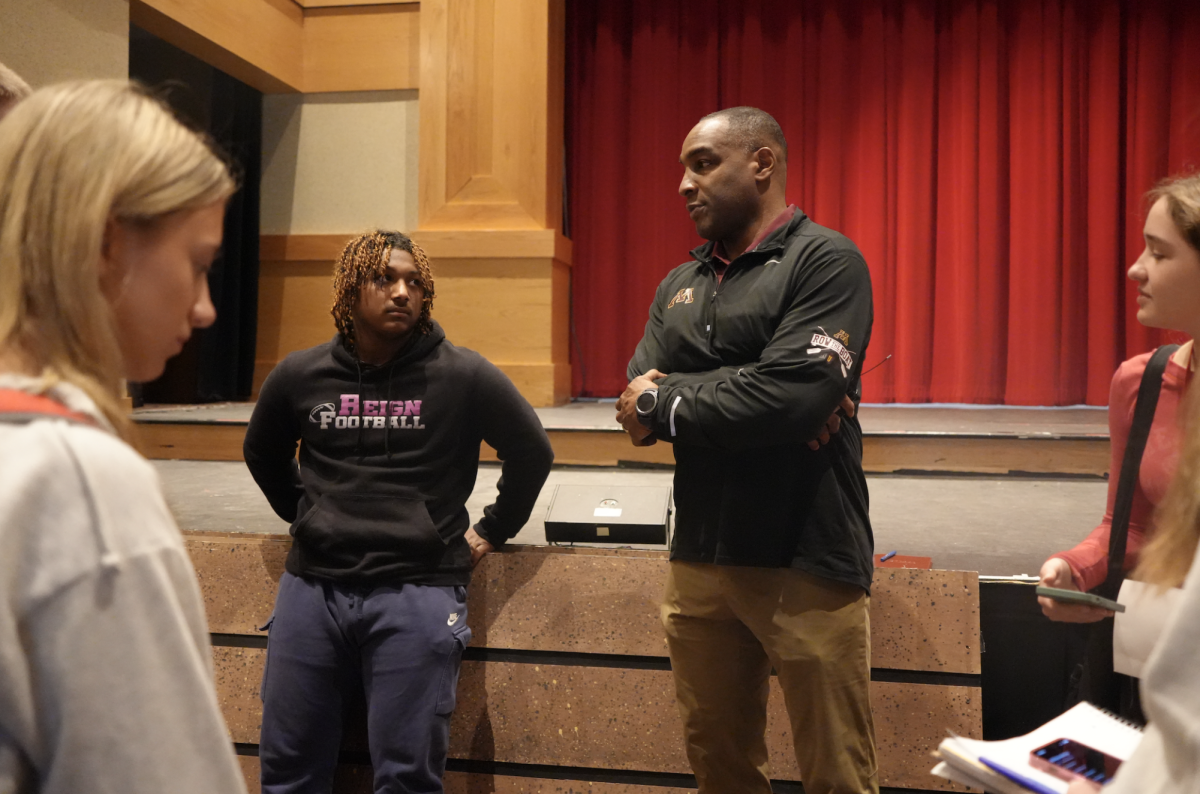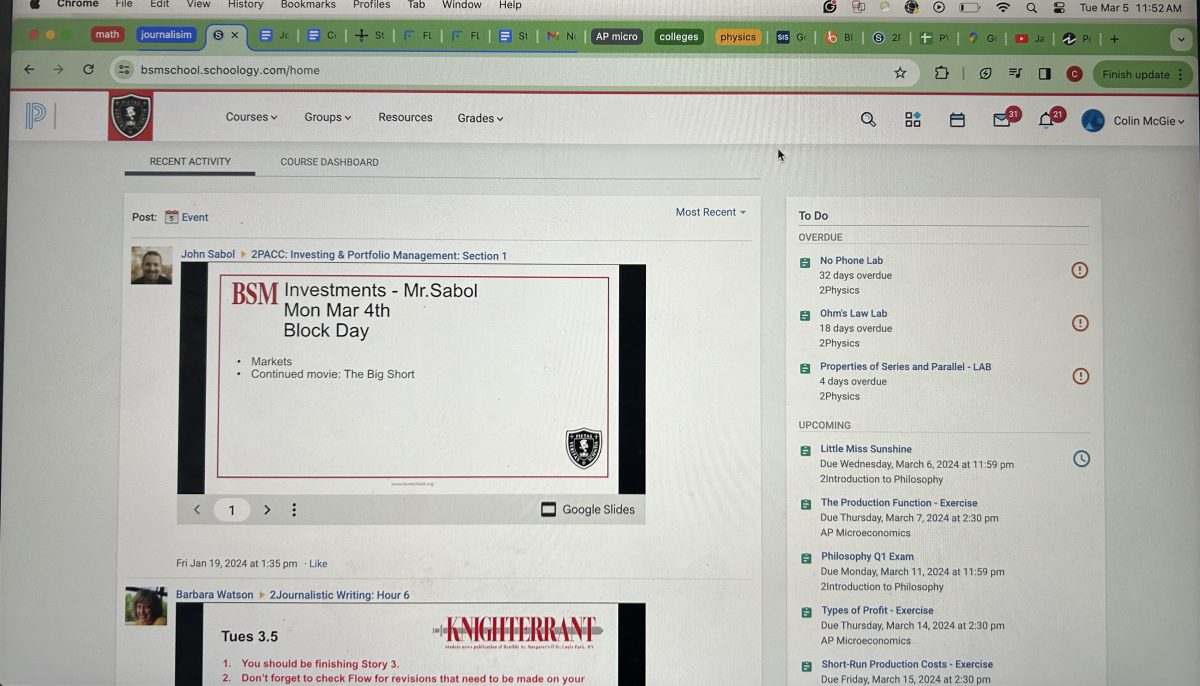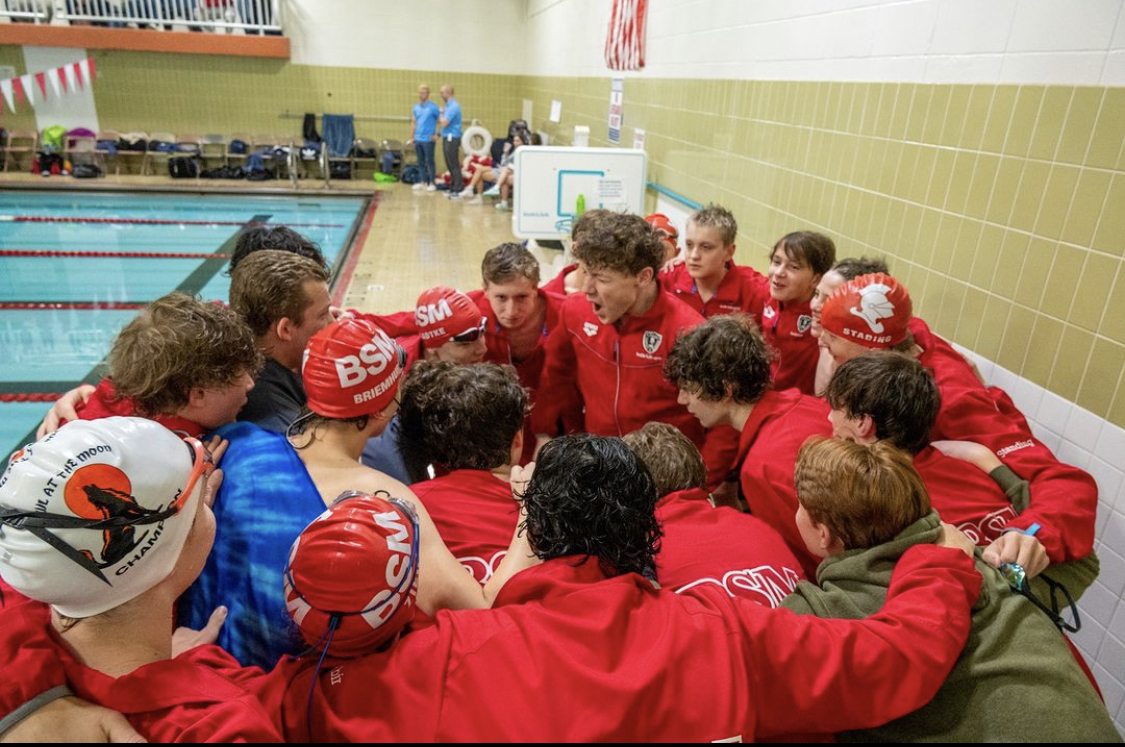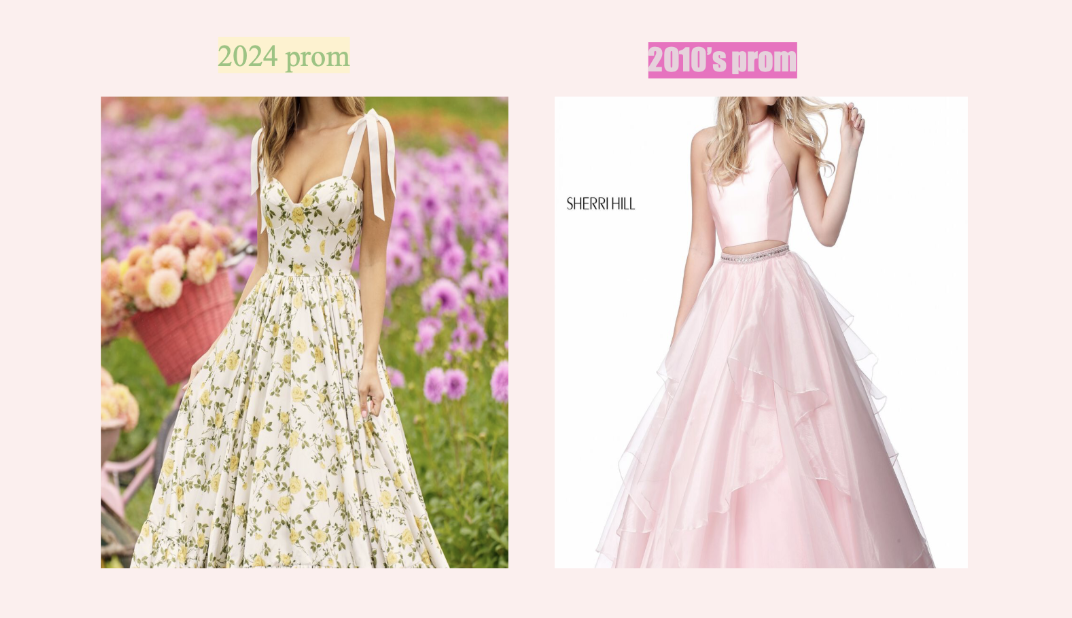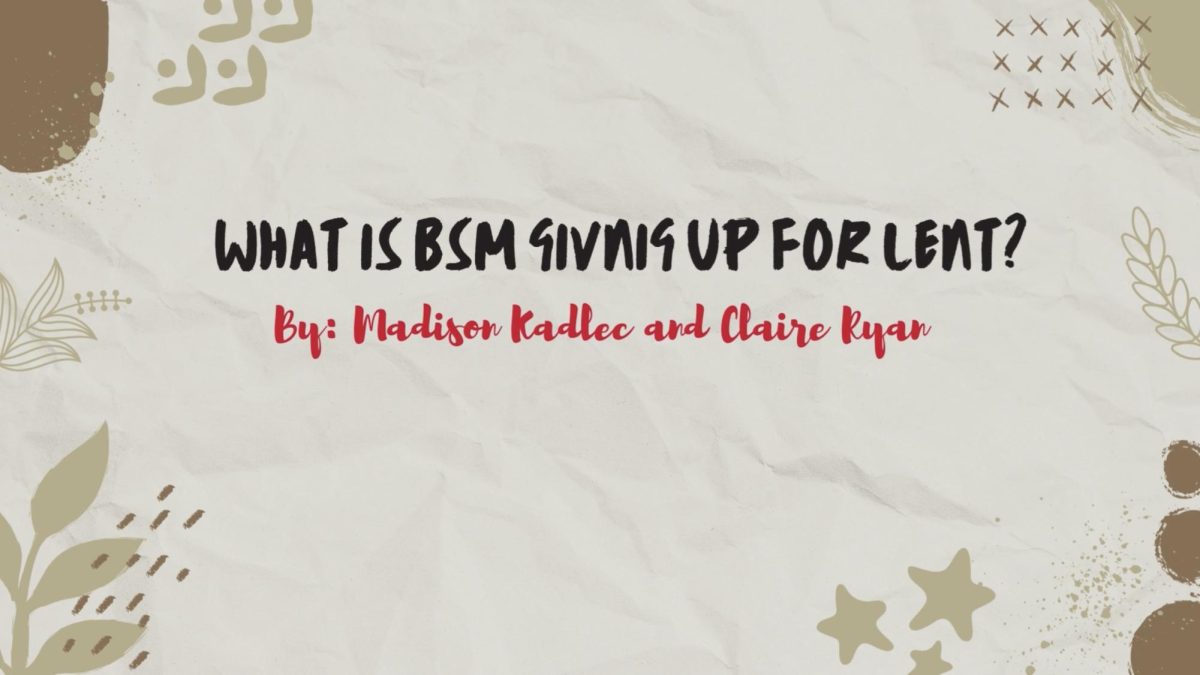It seems that everybody from companies, to schools, to individuals have joined in the trend of being “green,” but its questionable how much progress is actually being made. Ecology teacher, John Porisch, looks into the past, present, and future of the way we live in correlation with the world around us and works to make his students fully understand their environmental impact.
The eco-friendly method has become a fad that many people abide by, which raises the question of how many people are doing it on just a surface level. By doing just one good thing for the environment, people can appease their conscience into believing they have made a significant difference and can stop there. “I do think that its kind of an easy thing to do, and a lot of people look for the easy way out,” said Mr. John Porisch, “Its hard to really commit to it as a whole, for example it may be easy to drop an aluminum can in the recycling, yet we take 20 minute showers every day.”
Many don’t realize that “going-green” has an impact not solely on the environment, but on costs over time as well. “What I hope people can learn is that most of the time going green means saving money too, we recycle aluminum cans, we ultimately pay less for that beverage over time because costs of manufacturing become lower,” said Porisch.
Every year, Porisch assigns a project for ecology students to design a “green home” in which they must budget and build their own property to sell to a prospective homeowner. “This project includes a 10 -12 minute presentation that is professionally done, trying to sell it to a normal day person in America,” said Porisch, “trying to keep our ecological footprint down by having smaller homes more in line with our neighborhoods.”
This project aims to teach students about all of the components that go into a home, and ways that you can support the environment when making these choices. “The purpose is to give [students] an opportunity to learn about all of the different options out there, so that when [they] are remodeling or building, [they] can make good choices,” said Porisch, “in a nutshell, it is exposing [them] to a little down the road, at all of the different options there are.”
Companies have found a way to make eco-friendly products able to compete with that of those popular in stores now. “I think we’re starting to make products that look more like normal ones and are more fuel efficient, for examples cars and homes. We are taking better strides to mainstreaming if you will, and if that’s what people like, then that’s what they like.”
Along with housing and automobiles come smaller products and methods that are constantly being improved for the environment. “LED lighting is going to become bigger, not compact fluorescent anymore. They will last longer though they are a little bit expensive,” said Porisch, “also, various bio-fuels, like switch grass will continue to get bigger, it is good for wildlife, and there is so much energy in that that it can produce more than corn for bio-fuel.”
There are hundreds of ways to progress toward an eco-friendly environment, and some of them are unheard of by most. “There are times you should and shouldn’t water plants, for example in the morning and late nights to reduce evaporation,” said Porisch, “you can also hook up rain barrels to gutters instead of pumping out fresh water you can reuse that which hits your roof and geothermal energy to heat homes.”
Though suspicions remain about how much of these efforts are an act to make ourselves feel useful, the little things are adding up to make this generation far more supportive of the “going-green” mentality. “In my age, we looked for recycling bins to earn extra money for our bottles, now we just do it because we can,” said Porisch, “This generation is more considerate of the environment.”
It seems that the world is progressing toward a healthier environment, yet we struggle to fully adapt into an eco-friendly lifestyle – it has become a two steps forward and one step back approach. Slowly but surely, this generation has the ability to create a difference for years to come. “To get it fully ingrained into you, I think is a challenge,” said Porisch, “and to some degree I think that learning about it in all parts of your life can contribute to it.”


